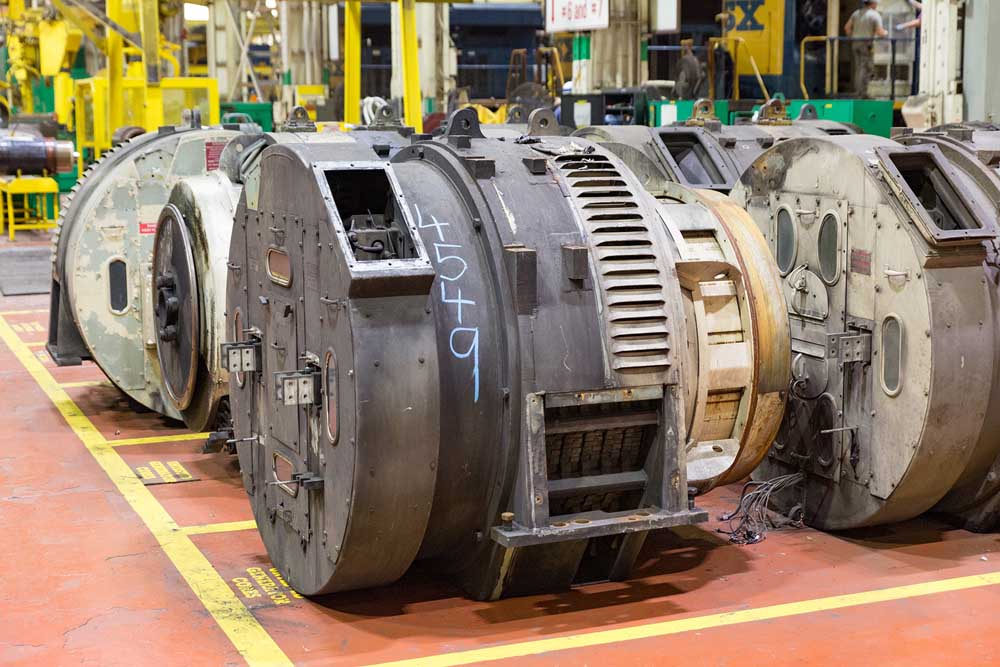
An EMD AR20 alternator from CSX SD70MAC 4549 at the railroad’s Huntington, W.Va., shop. Chris Guss
Understanding brake horsepower: Diesel engines, like all engines, are built to perform a specific function. In a locomotive, that role is to provide power to move freight cars from one place to another. When buying locomotives, one thing management looks at is how much horsepower each locomotive produces. In today’s new, six-axle freight locomotives this typically ranges from 4,300 to 4,400 horsepower. This amount is what actually makes it to the traction motors underneath the locomotive, but the engine produces more power than that. This is where the term brake horsepower comes in.
When a manufacturer designs a new freight locomotive, the diesel engine they select will have the rated horsepower to pull freight plus additional horsepower to support the various systems and subsystems found on every locomotive. When you add up the two figures you get the brake horsepower of the diesel engine. Any horsepower loss that takes away from moving freight cars is called a parasitic loss. These losses can come from such things an auxiliary generator/companion alternator that provides electrical power to run headlights, computer systems and blower fans.
In passenger locomotives, head-end power used to generate electricity for passenger cars can also draw power away from the traction motors. Head-end power can be directly driven from the diesel engine via a drive shaft or in the case of more modern locomotives, electrically powered.
Older locomotives had about 10% loss of horsepower due to parasitic loss, but today’s locomotives use less than that. Typically, only a few hundred horsepower out of the 4,300-4,400 horsepower are redirected to power other equipment on a locomotive.
To learn more about diesel locomotives, read How Diesel and Electric Locomotives Work, written by Jeff Wilson!






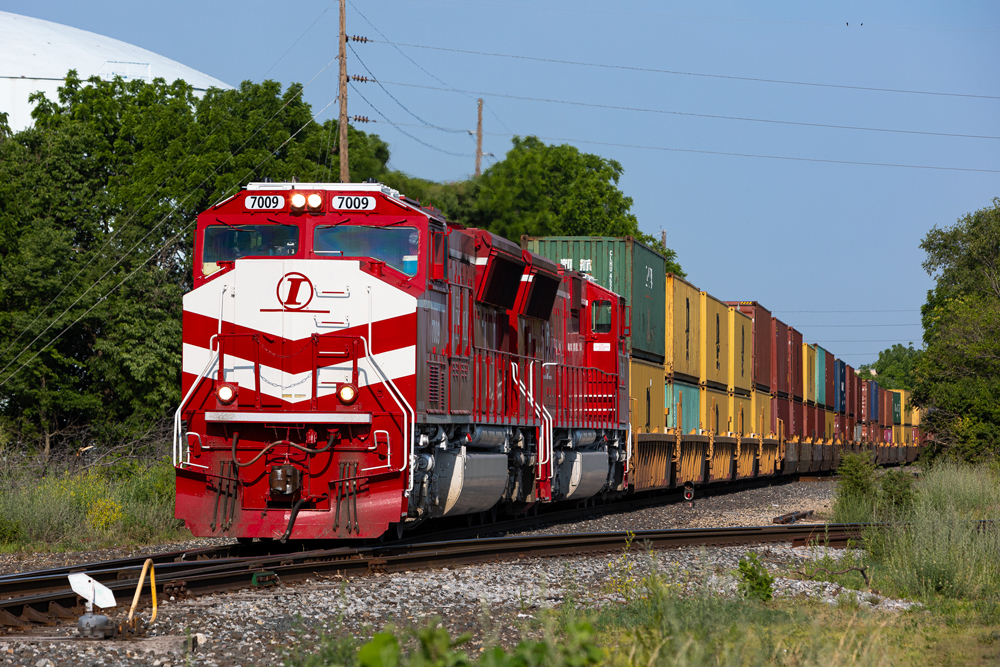
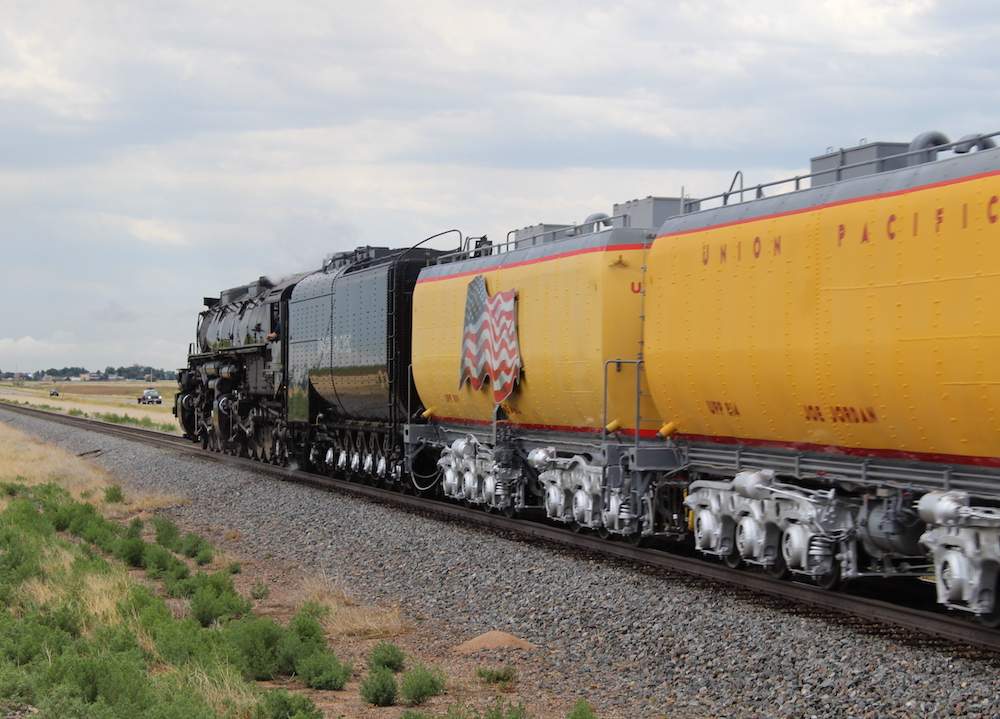
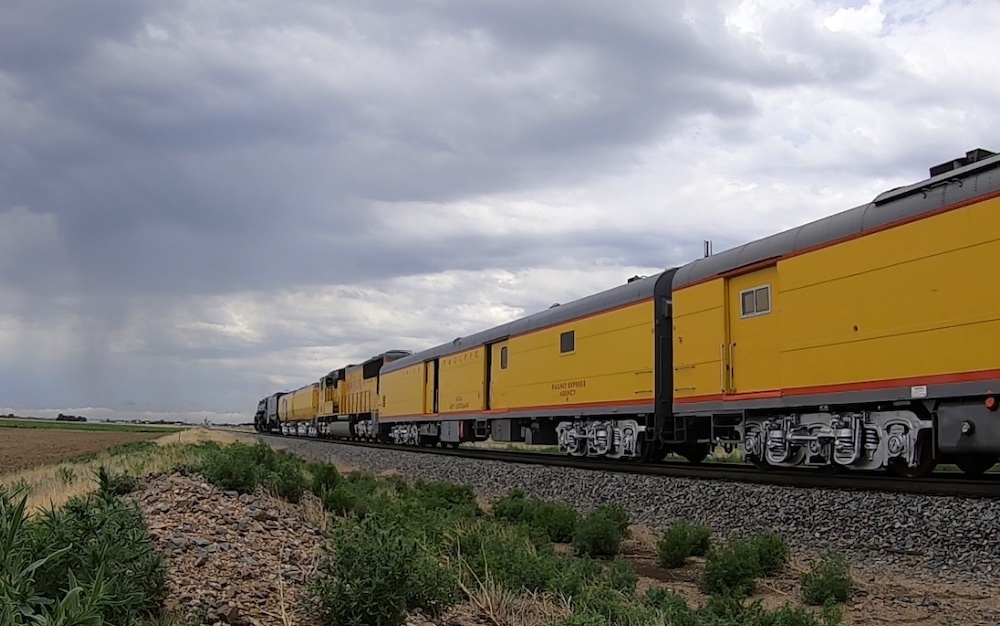
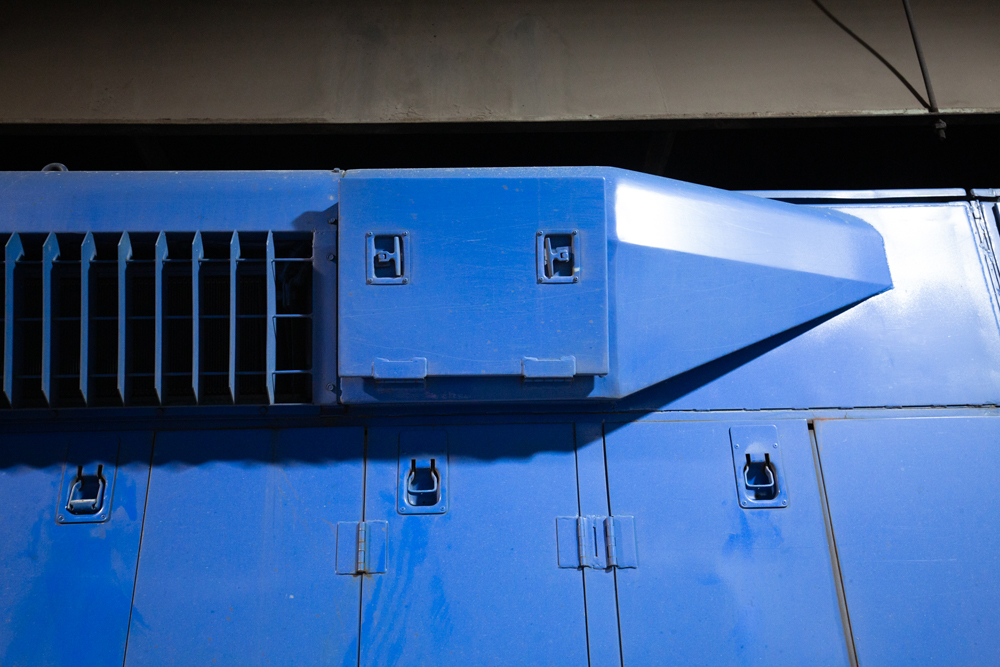




There is brake HP. That’s measured at the crankshaft out of the diesel engine. The engine has already “paid” for oil pumps, water pumps and blower/turbo gear drive (2 stroke).
Then there is Traction HP. That’s how much shaft HP goes into the main generator to make power for traction motors.
This is the number we all know. An SD40-2 is a 3000 Traction HP locomotive.
Then there is Net Traction HP. That is the electrical HP coming out of the main generator headed to TMs. Typically 93% or better of Traction HP.
The difference between brake and traction is power used to run traction motor blowers, cab heat and AC, air compressor, cooling fans, dust bin blower (inertial air filter).
The big change in the 1980s was limiting these loads. Replacing shaft driven TM blower with motor driven one for example. Don’t need nearly as much cooling air at 40 mph compared to 15 mph.
The term “brake horsepower” derives from an early dynamometer device called a Prony Brake.
It measured the horsepower of an engine or motor at the driveshaft.
It is my understanding that the stated horsepower of a locomotive is its nominal traction horsepower. The brake horsepower of the prime mover is a few hundred horsepower higher.
Thus an ET44AC produces 4365 traction HP and 4500 brake HP (Wabtec’s documentation refers to brake HP as gross HP. The terms are interchangeable).
On ships the analog for traction HP is shaft HP.
This was useful for me, but I’ve got a couple Qs because of the final sentence: “Typically, only a few hundred horsepower out of the 4,300-4,400 horsepower are redirected to power other equipment on a locomotive.”
Q1: This appears to contradict what was said earlier; it implies that 4,300-4,400 is the brake horsepower, not the traction horsepower. I’m guessing the rest of the article is accurate and this is just an editing glitch. Is that correct?
Q2: 10% of 4400 hp is 440 hp, which is a “few hundred:” the article implies today’s diesels divert meaningfully less than that, but still “a few hundred.” Are we talking 7%? 5%? 3%? Roughly speaking? I’m having trouble imagining running a locomotive on the equivalent of a hand-portable generator….
For a 10% loss: 4300 = hp prime mover X 0.9
4300 / 0.9 = hp prime mover
hp prime mover = 4778
If 4300hp is making it to the rails, how much actual hp does the prime mover produce?